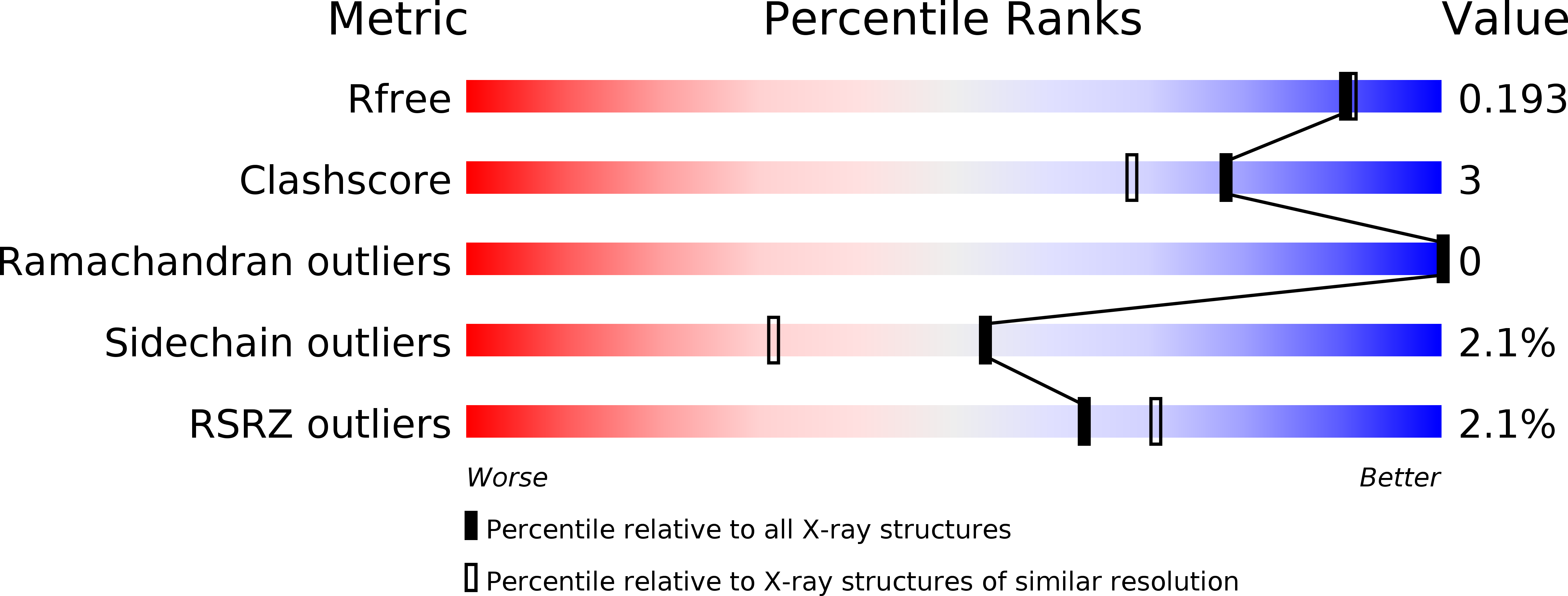
Deposition Date
2017-02-24
Release Date
2017-10-25
Last Version Date
2024-11-13
Entry Detail
PDB ID:
5UYT
Keywords:
Title:
Crystal structure of ice binding protein from an Antarctic bacterium Flavobacteriaceae
Biological Source:
Source Organism:
Flavobacteriaceae bacterium (Taxon ID: 531844)
Host Organism:
Method Details:
Experimental Method:
Resolution:
1.75 Å
R-Value Free:
0.19
R-Value Work:
0.16
R-Value Observed:
0.16
Space Group:
H 3 2


